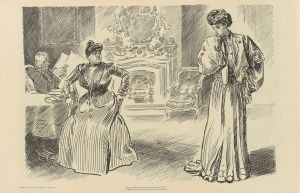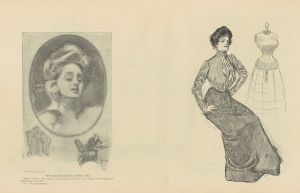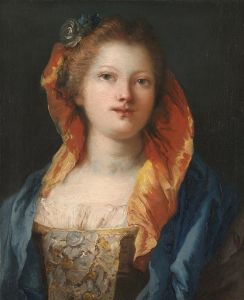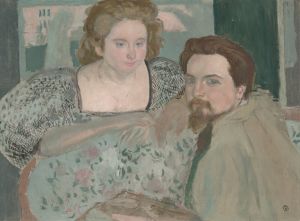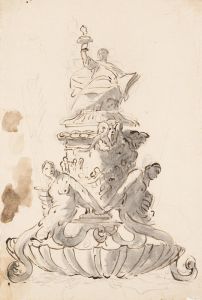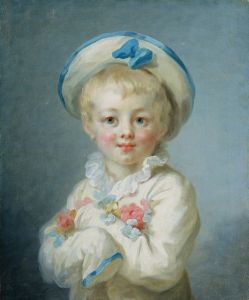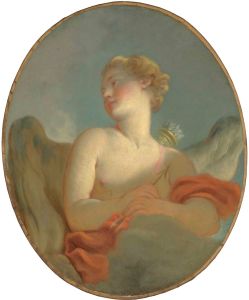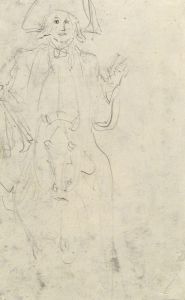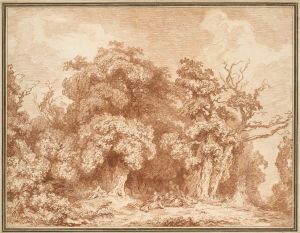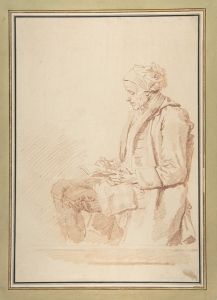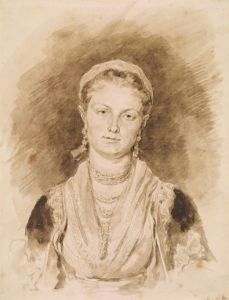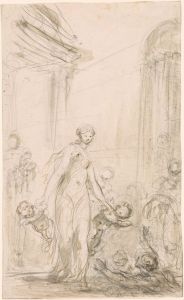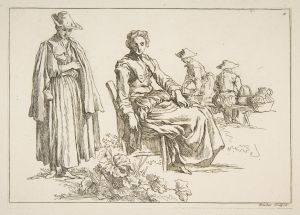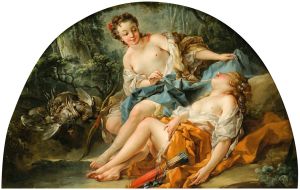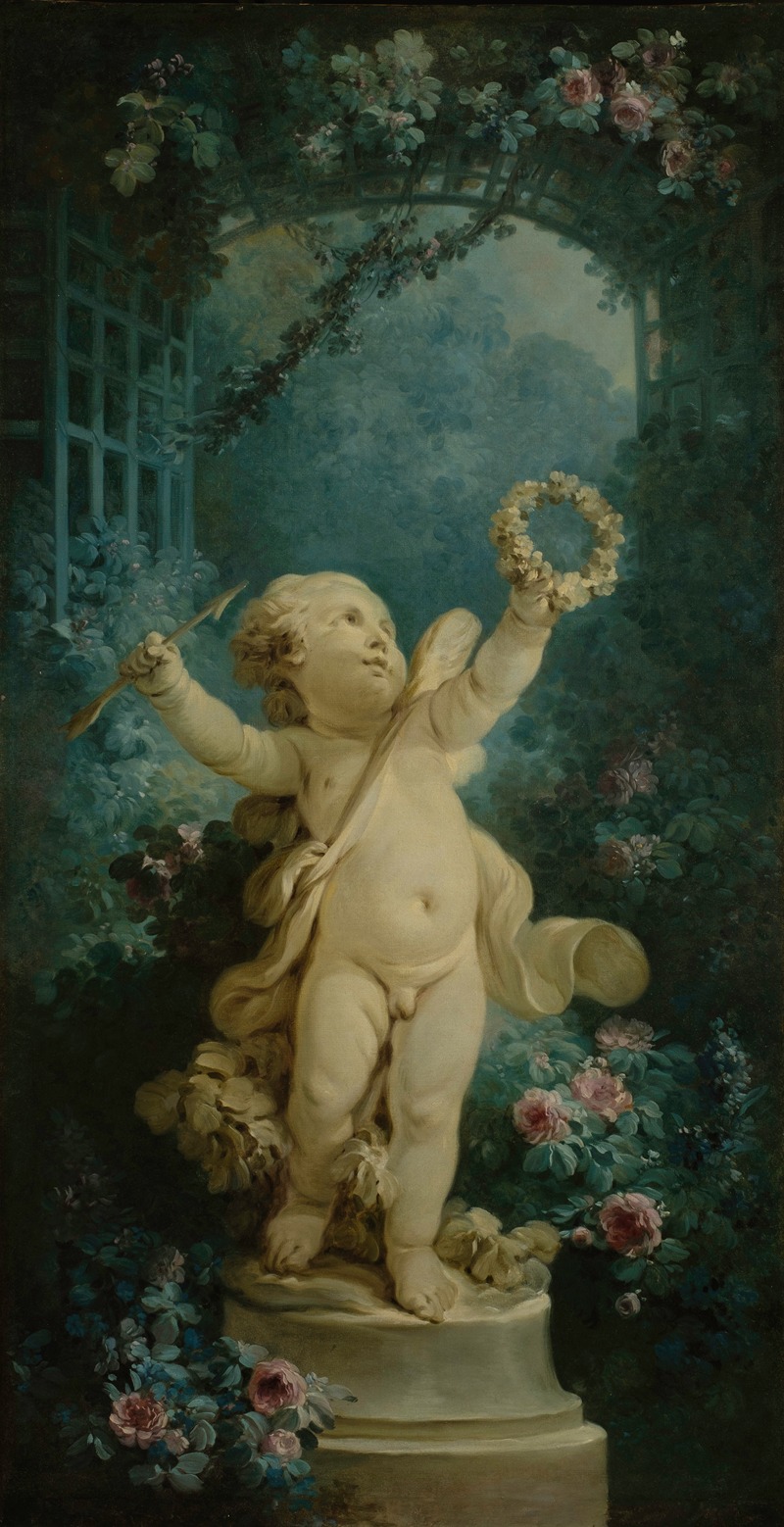
L’Amour triomphant
A hand-painted replica of Jean-Honoré Fragonard’s masterpiece L’Amour triomphant, meticulously crafted by professional artists to capture the true essence of the original. Each piece is created with museum-quality canvas and rare mineral pigments, carefully painted by experienced artists with delicate brushstrokes and rich, layered colors to perfectly recreate the texture of the original artwork. Unlike machine-printed reproductions, this hand-painted version brings the painting to life, infused with the artist’s emotions and skill in every stroke. Whether for personal collection or home decoration, it instantly elevates the artistic atmosphere of any space.
Jean-Honoré Fragonard, a prominent French Rococo painter, is celebrated for his exuberant and hedonistic style, which is vividly exemplified in his painting "L’Amour triomphant" (The Triumph of Love). This artwork, like many of Fragonard's pieces, reflects the playful and sensuous characteristics of the Rococo movement, which flourished in the 18th century. While specific details about "L’Amour triomphant" are not as widely documented as some of his other works, the painting is often associated with Fragonard's exploration of romantic and mythological themes.
Fragonard was born in 1732 in Grasse, France, and trained under François Boucher, another leading Rococo artist. His works are known for their light-hearted themes, fluid brushwork, and vibrant use of color. "L’Amour triomphant" is believed to embody these qualities, showcasing Fragonard's skill in capturing the playful and often mischievous nature of love, a common subject in Rococo art.
The Rococo period, during which Fragonard created his masterpieces, was characterized by ornate and decorative art that emphasized themes of love, nature, and frivolity. This style was a reaction against the grandeur and strictness of the Baroque period, favoring instead a more intimate and whimsical approach. Fragonard's paintings often depict scenes of romance and flirtation, set in idyllic landscapes or opulent interiors, and "L’Amour triomphant" is thought to be no exception.
In "L’Amour triomphant," Fragonard likely employed his signature use of soft, diffused lighting and delicate color palettes to create a sense of dreamlike enchantment. His figures are typically rendered with a sense of movement and vitality, capturing fleeting moments of joy and affection. Although specific iconography of "L’Amour triomphant" is not extensively detailed in historical records, it is reasonable to assume that the painting features allegorical representations of love, possibly drawing on mythological or classical references, as was common in Fragonard's oeuvre.
Fragonard's work, including "L’Amour triomphant," was highly appreciated by the French aristocracy, who were the primary patrons of Rococo art. His ability to convey the pleasures and indulgences of the elite lifestyle made his paintings popular among collectors of the time. However, with the advent of the French Revolution and the subsequent shift in artistic tastes towards Neoclassicism, Fragonard's style fell out of favor. It was not until the 19th and 20th centuries that his work was rediscovered and appreciated for its technical brilliance and historical significance.
Today, Fragonard is regarded as one of the leading figures of the Rococo movement, and his paintings are celebrated for their ability to capture the essence of 18th-century French society. While "L’Amour triomphant" may not be as widely recognized as some of his other works, it remains an important piece within the context of his artistic legacy, exemplifying the themes and techniques that define Fragonard's contribution to the art world. His work continues to be studied and admired for its beauty, charm, and insight into the cultural milieu of his time.





